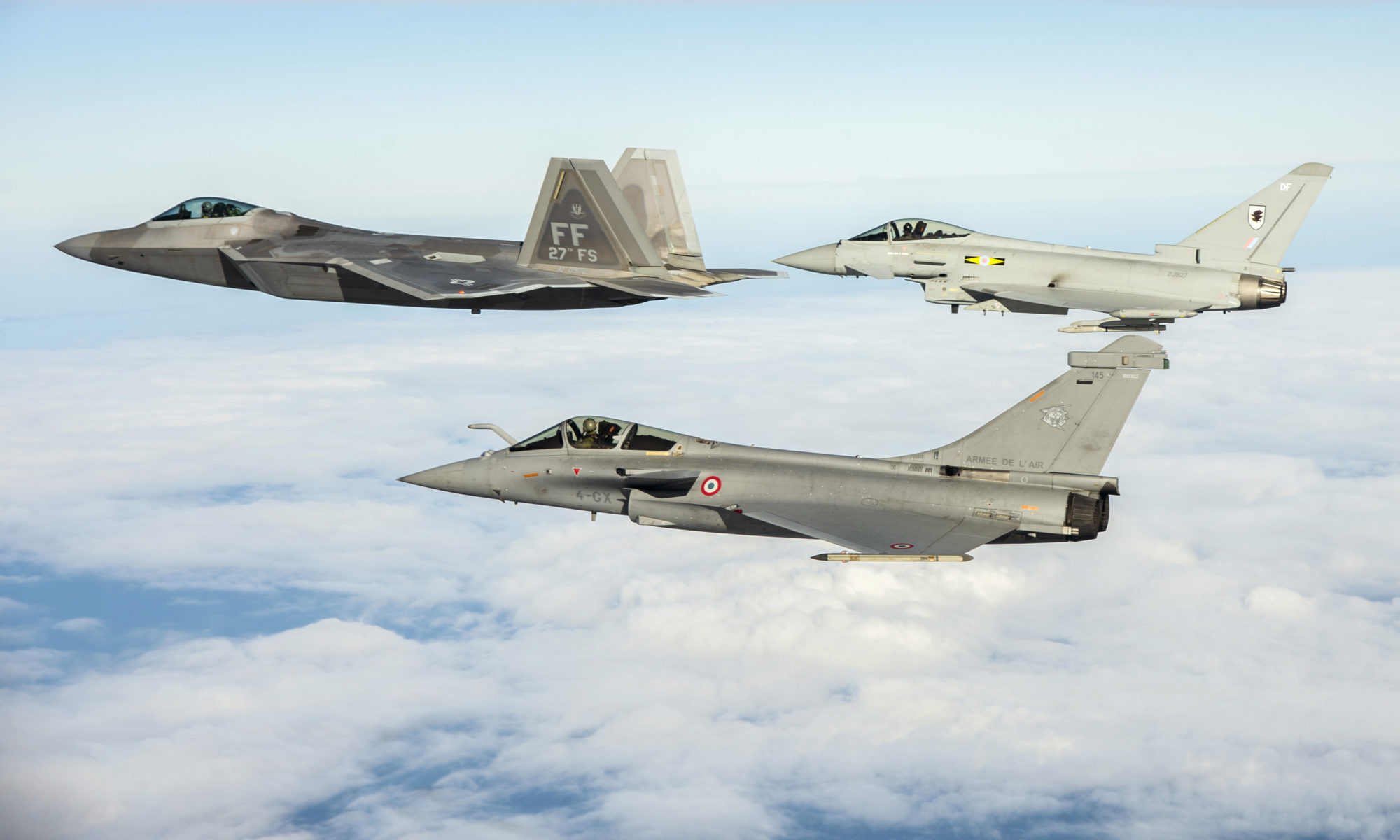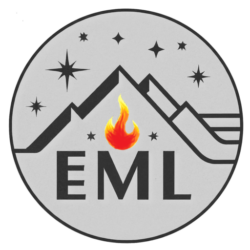What are we trying to achieve ?
High temperature exposure trigger microstructural evolutions. It is even more the case when it implies the solution precipitations leading to transient microstructural state and mechanical response. This process affects in particular superalloys.
Continuously following the evolution of microstructures is a very complex task, especially at high temperatures. Simulations are the best way to access these information and the phase field theory allows us to mimic interfacial movements.
Here the grants we receive to finance this research:
- YIP Air Force : Microstructural Instabilities in Single Crystal Metals for Extreme Environments↗ (PI : J.B. le Graverend ; $358,869 ; April 2017-March 2021)
Abstract
As the US Air Force fleet continues to age, a greater portion of its budget will be required to ensure safe and effective operations beyond the design service life. In fact, for various military vehicles and platforms, the recommended service life for safe operation is projected to increase by a factor of 1.5 to 5 AFRL, 2014. The high demand for safety and cost reduction culminates in the case of materials systems operating under extreme environments such as turbine blades made of Ni-based single crystal superalloys. Turbine blades are used in the hot section of the engine and are, therefore, subjected to multiaxial high-temperature viscoplastic deformations, namely, creep and dwellfatigue, due to both their complex geometry and their advanced design, e.g., internal cooling channels aimed to increase the exhaust-gas temperature during in-service operations.
- NSF : Non-Isothermal viscoplasticity in Metals↗ (PI : J.B. le Graverend, Co-PI : A. Benzergha ; $488,000 ; May 2020-December 2024)
Abstract
The underlying hypothesis of this project is that the lattice misfit between phases in Nickel-based superalloys under certain non-isothermal loadings plays an essential role in enhancing creep performance at elevated temperatures. The project, therefore, rests on the transformative paradigm that ?hotter can be longer? depending on how the coherency stresses evolve. To test this hypothesis, the lattice misfit evolution will be tracked in new temperature/stress regimes by in situ X-ray diffraction under synchrotron radiation. In situ results will be used to correlate, at the macroscale, the non-isothermal mechanical responses. Furthermore, discrete dislocation dynamics simulations will be carried out to gain further insight into dislocation/precipitate interactions depending on the microstructural state and lattice misfit. These simulations will help identify and quantify competing mechanisms, e.g., climb/glide and self-interaction/precipitate hardening effects, which will qualitatively help explain experimental results.
- ONR : Unraveling High-Temperature Creep-fatigue-oxidation in Metals (PI : J.B. le Graverend ; $445,861 ; Juin 2020-Juin 2023)
Abstract
The underlying hypothesis of this project is that the lattice misfit between phases in Nickel-based superalloys under certain non-isothermal loadings plays an essential role in enhancing creep performance at elevated temperatures. The project, therefore, rests on the transformative paradigm that ?hotter can be longer? depending on how the coherency stresses evolve. To test this hypothesis, the lattice misfit evolution will be tracked in new temperature/stress regimes by in situ X-ray diffraction under synchrotron radiation. In situ results will be used to correlate, at the macroscale, the non-isothermal mechanical responses. Furthermore, discrete dislocation dynamics simulations will be carried out to gain further insight into dislocation/precipitate interactions depending on the microstructural state and lattice misfit. These simulations will help identify and quantify competing mechanisms, e.g., climb/glide and self-interaction/precipitate hardening effects, which will qualitatively help explain experimental results.
Where can that be used?
There is no direct practical application, but it can be used to predict solidification, nucleation/precipitation and high temperature microstructural evolutions like rafting in single crystal superalloys.
Who is involved?
J.B. le Graverend (PI)
A. Benzerga (Co-PI)
R. Harikrishnan (alumni)
J. Dominic (Ph.D. Student)
GE gave the material.
Who is funding?
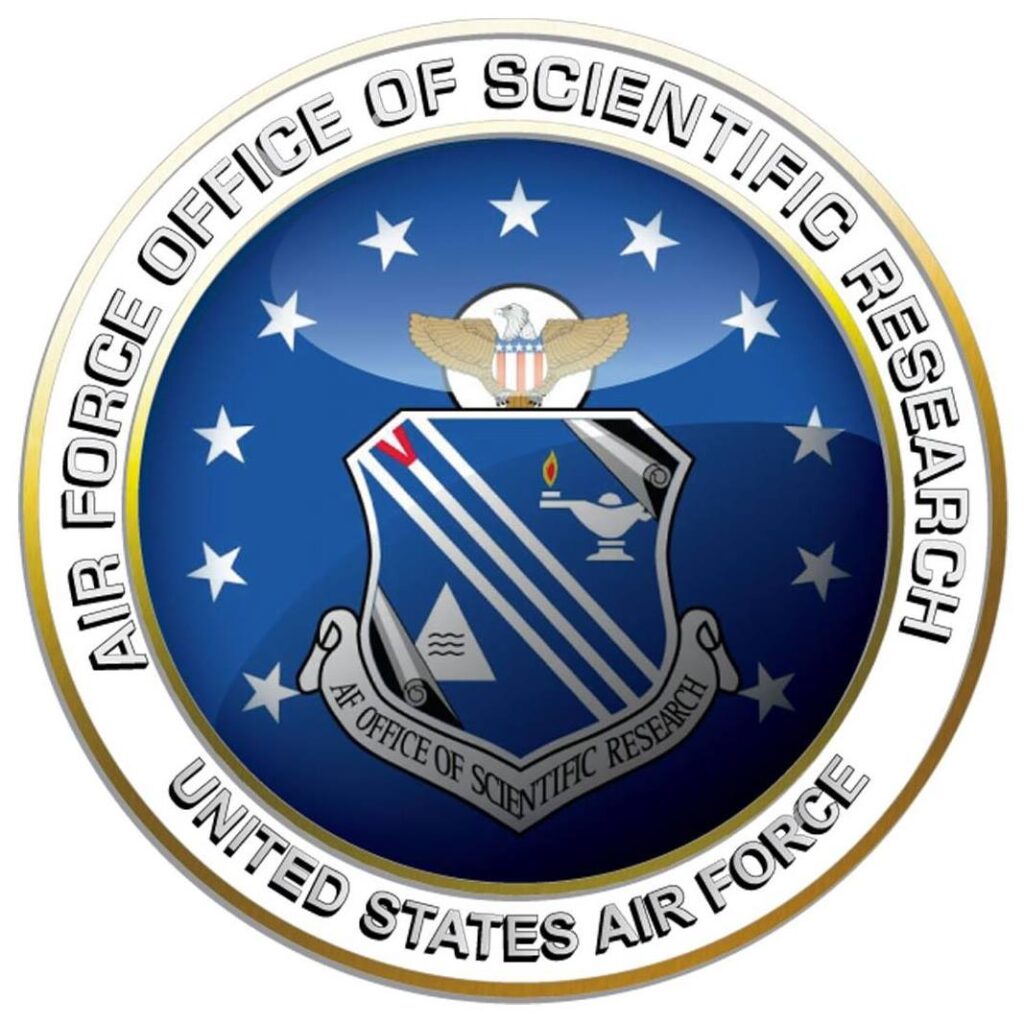
Air Force Office of Scientific Research
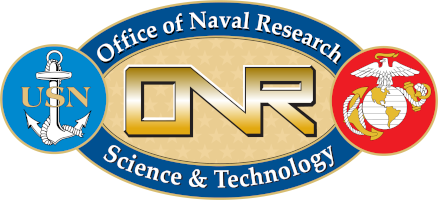
Office of Naval Research
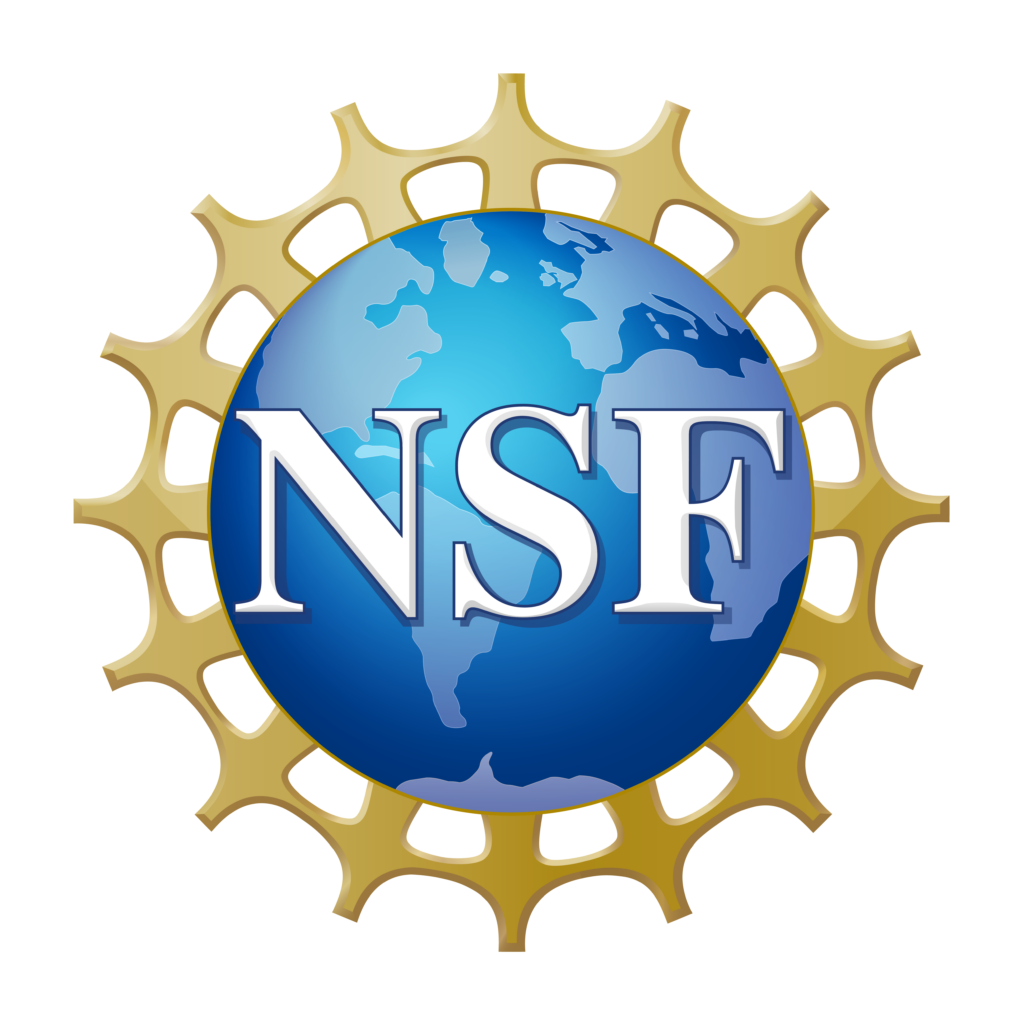
National Science Fondation

GE Global Research
Publications and Conferences
Articles :
- Crystal-plasticity modeling of monotonic and cyclic softening in Inconel 718 superalloy
J.B. le Graverend*
International Journal of Mechanical Sciences ↗, February 2023 - A Lattice-misfit-dependent Micromechanical Approach in Ni-base Single Crystal Superalloys
J.-B. le Graverend* & R. Harikhrishnan
International Journal of Mechanical Sciences ↗, April 2021 - Phenomenological Modeling of the Effect of Oxidation on the Creep Response of Ni-based Single-Crystal Superalloys
J.-B. le Graverend* & S. Lee
Extreme Mechanics Letters ↗, September 2020 - Finite-Element Crystal Plasticity on Phase-Field Microstructures: Predicting Mechanical Response Variations in Ni-Based Single-Crystal Superalloys
J.-B. le Graverend* & R. Harikhrishnan
Journal of Material ↗, June 2019 - A Hardening-Based Damage Model for Fast-Evolving Microstructures: Application to Ni-based Single Crystal Superalloys
J.-B. le Graverend*
International Journal of Plasticity ↗, March 2019 - A creep-damage phase-field model: Predicting topological inversion in Ni-based single crystal superalloys
R. Harikhrishnan & J.-B. le Graverend*
Materials & Design ↗, December 2018 - A Lattice-misfit-dependent Damage Model for non-linear Accumulations under Monotonous Creep in Single-Crystal Superalloys
J.-B. le Graverend*
Metallurgical and Materials Transactions A ↗, May 2018
Conferences :
- TMS 2023, San Diego (CA), USA, March 19-23, 2023
Crystal-plasticity modeling of monotonic and cyclic softening in Inconel 718
superalloy
J.-B. le Graverend (Sp) - International Symposium on Superalloys, Virtual, September 13-16, 2021
Phenomenological Modeling of the Effect of Oxidation on the Creep
Response of Ni-Based Single-Crystal Superalloys
J.-B. le Graverend & S. Lee - TMS 2020, San Diego (CA), USA, February 23-27, 2020
A Damage Model with Oxidation Effects
J.-B. le Graverend & S. Lee - TMS 2020, San Diego (CA), USA, February 23-27, 2020
Phase-field-informed Modeling of γ’ Rafting in 3D during
High-Temperature Creep in Ni-based Single Crystal Superalloys
J.-B. le Graverend & R. Harikrishnan - Euromat 2019, Stockholm, Sweden, September 1-5, 2019
Phase-Field-Informed Modeling of γ’ Rafting in 3D during High-Temperature Creep in Ni-Based Single Crystal Superalloys
J.-B. le Graverend & R. Harikrishnan - Euromat 2019, Stockholm, Sweden, September 1-5, 2019
Finite-Element Crystal Plasticity on Phase-Field Microstructures: Predicting Mechanical Response Variations in Ni-based Single-Crystal
Superalloys
J.-B. le Graverend & R. Harikrishnan - TMS 2019, San Antonio (TX), USA, March 10-14, 2019
Finite-Element Crystal Plasticity on Phase-Field Microstructures: Predicting Mechanical Response Variations in Ni-based Single-Crystal Superalloys
J.-B. le Graverend & R. Harikrishnan - IUTAM on Multi-scale Fatigue, Fracture and Damage of Materials in Harsh Environment, Galway, Ireland, August 28-September 1, 2017
A Damage Density Function for fast Evolving Microstructures
J.-B. le Graverend
